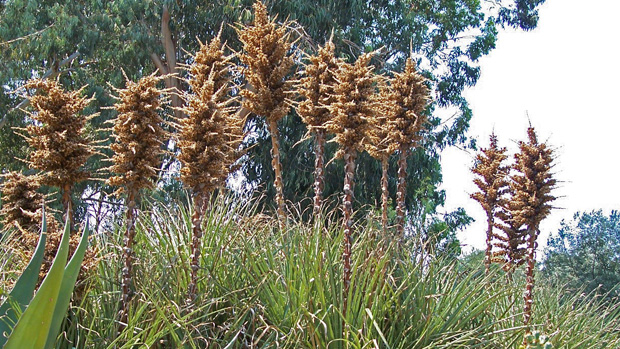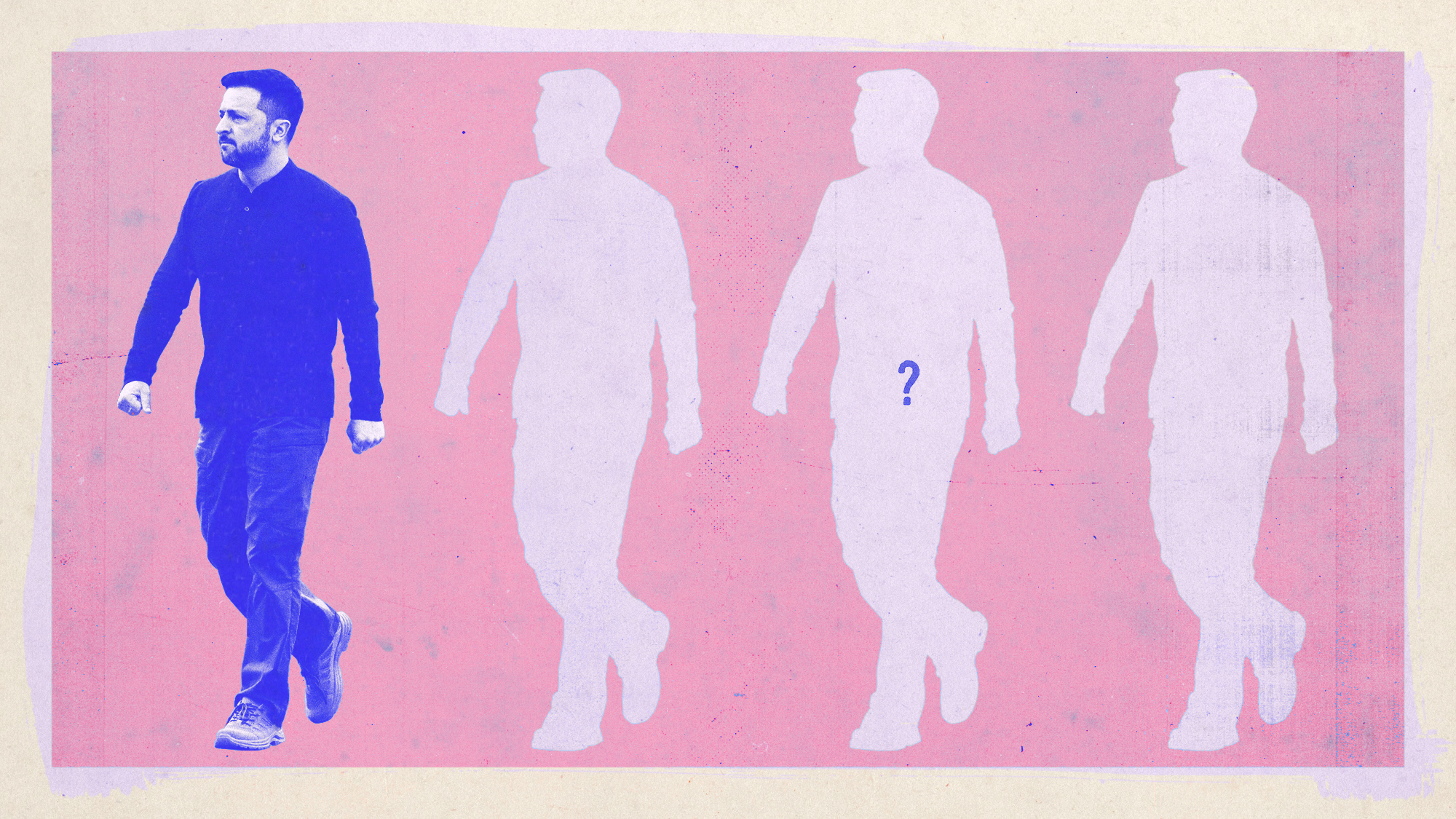Beware, the sheep-eating plants of Chile
The Puya chilensis grows in the Chilean Andes and traps sheep before feeding off their decaying bodies

Was The Day of the Triffids in fact a documentary based on the life cycle of the Puya chilensis? The macabre desert plant appears to have a knack for luring sheep to their deaths and then feasting on the remains.
Where is it found?
The Puya chilensis grows in arid climates along hillsides in Chile. It is usually found in areas near the ocean.
Subscribe to The Week
Escape your echo chamber. Get the facts behind the news, plus analysis from multiple perspectives.

Sign up for The Week's Free Newsletters
From our morning news briefing to a weekly Good News Newsletter, get the best of The Week delivered directly to your inbox.
From our morning news briefing to a weekly Good News Newsletter, get the best of The Week delivered directly to your inbox.
It actually eats sheep?
Indirectly, yes. The Puya chilensis traps the animals in the sharp spikes that protrude from its base. Eventually, the helpless animals die and decay. This fertilises the soil around the plant, providing much-needed nutrients for the roots. The scent of the decomposition sometimes attracts other animals and birds, adding to the feast.
Should I be frightened?
The plants are not set to stage a Day of the Triffids-style takeover just yet. However, they have grown in Britain, the BBC reports. Botanists at the Royal Horticultural Society’s garden in Wisley, Surrey, nurtured one that finally bloomed in the summer of 2013, 11 years after they had planted it.
Did they have to feed it sheep?
No, they fed their specimen on liquid fertiliser. No sheep were harmed. "It's growing in the arid section of our glasshouse with its deadly spikes well out of reach of both children and sheep alike,” [3]a horticulturalist told the BBC’s reporter, who was dressed as a sheep.
Sign up for Today's Best Articles in your inbox
A free daily email with the biggest news stories of the day – and the best features from TheWeek.com
-
 May 18 editorial cartoons
May 18 editorial cartoonsCartoons Sunday's political cartoons feature Donald Trump, Air Force One, and the Pope.
-
 5 hilariously heavenly editorial cartoons about the newly elected pope
5 hilariously heavenly editorial cartoons about the newly elected popeCartoons Artists take on the angel and the devil, music choices at the Vatican, and more
-
 Celebrating 60 years of the Pennine Way
Celebrating 60 years of the Pennine WayThe Week Recommends This beautiful long-distance path immerses walkers in the beautiful British countryside
-
 What happens if tensions between India and Pakistan boil over?
What happens if tensions between India and Pakistan boil over?TODAY'S BIG QUESTION As the two nuclear-armed neighbors rattle their sabers in the wake of a terrorist attack on the contested Kashmir region, experts worry that the worst might be yet to come
-
 Why Russia removed the Taliban's terrorist designation
Why Russia removed the Taliban's terrorist designationThe Explainer Russia had designated the Taliban as a terrorist group over 20 years ago
-
 Inside the Israel-Turkey geopolitical dance across Syria
Inside the Israel-Turkey geopolitical dance across SyriaTHE EXPLAINER As Syria struggles in the wake of the Assad regime's collapse, its neighbors are carefully coordinating to avoid potential military confrontations
-
 'Like a sound from hell': Serbia and sonic weapons
'Like a sound from hell': Serbia and sonic weaponsThe Explainer Half a million people sign petition alleging Serbian police used an illegal 'sound cannon' to disrupt anti-government protests
-
 The arrest of the Philippines' former president leaves the country's drug war in disarray
The arrest of the Philippines' former president leaves the country's drug war in disarrayIn the Spotlight Rodrigo Duterte was arrested by the ICC earlier this month
-
 Ukrainian election: who could replace Zelenskyy?
Ukrainian election: who could replace Zelenskyy?The Explainer Donald Trump's 'dictator' jibe raises pressure on Ukraine to the polls while the country is under martial law
-
 Why Serbian protesters set off smoke bombs in parliament
Why Serbian protesters set off smoke bombs in parliamentTHE EXPLAINER Ongoing anti-corruption protests erupted into full view this week as Serbian protesters threw the country's legislature into chaos
-
 Who is the Hat Man? 'Shadow people' and sleep paralysis
Who is the Hat Man? 'Shadow people' and sleep paralysisIn Depth 'Sleep demons' have plagued our dreams throughout the centuries, but the explanation could be medical
